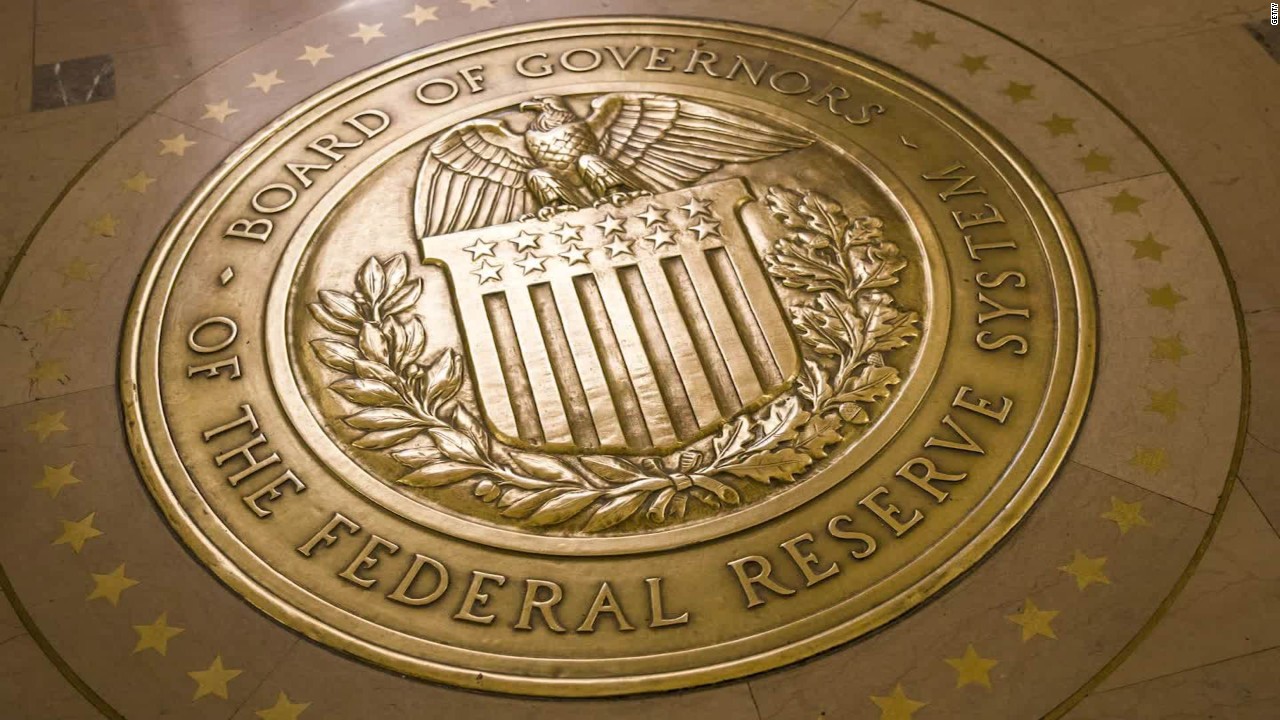Prepare For The Great Monetary Shift
As advanced economies struggle with stagnation, one monetary era is about to change. After a decade of massive easing, the US Fed is hiking rates and moving to reduce its massive $4.5 trillion balance sheet. There are no historical precedents but there will be global repercussions.
As the central banks of major advanced economies are pondering the shift from massive easing to gradual tightening, all other nations must adjust to these huge shifts, whatever their current status quo.
In China, the shift will begin as the People’s Bank of China (PBOC) is cultivating a tightening bias of its own, but selectively and cautiously. The Reserve Bank of India (RBI) recently kept its policy repo rate unchanged at 6.25%, as the lingering effects of the demonetization prevail, growth data is (temporarily) down, the monsoon seems to be on target and inflation remains low. In Southeast Asia, the shift will begin as many central banks are under pressure to curb rising prices.
In the Philippines, Bangko Sentral kept its benchmark interest rate at 3% in May. However, as inflation has climbed to 3.4%, the fastest since 2014, a rate hike may well follow. Bangko Sentral is no longer likely to permit further softening of the peso. And yet, rising global interest rates could further weaken the peso, adversely affecting capital flows to the Philippines and driving up inflation.
So what is to be expected?

Rate normalization and divergence
Before the Trump era, the Federal Reserve hoped to tighten monetary policy more often and aggressively than markets anticipated. However, since November, economic uncertainty and market volatility has fluctuated significantly.
In its May meeting, the Fed left its target range for federal funds rate steady at 0.75-1%, in line with market expectations. Currently, it is likely to climb to 1.3% by the year-end. Moreover, the Fed seems to hope to raise it to 3% by 2020.
In other major advanced economies, monetary stance is running behind that of the Fed. The European Central Bank (ECB), led by Mario Draghi, held its benchmark rate at 0% in April. As inflation is rising in the Eurozone, the ECB is understandably pondering the idea of moving toward tightening earlier than initially anticipated.
Nevertheless, while the ECB has signaled impending normalization, it is likely to continue its asset purchases until the year-end. However, even if the ECB begins rate hikes in 2018, they are likely to be low and slow. The rate is currently expected to climb to 1 percent by 2020.
In Japan, Abenomics has failed, despite a slight improvement in short-term growth prospects. As introduced by Haruhiko Kuroda, the chief of the Bank of Japan (BOJ), negative rates and huge asset purchases will continue. The rate may remain negative (-0.1%) until 2020 – when Japan’s sovereign debt could climb close to 255%-260% of its GDP.
Yet, rate normalization is only a part of the story.
Slow, long balance-sheet reduction
After the Fed began its historical experiment with quantitative easing (QE), its then-chief Ben Bernanke accumulated a portfolio of some $4.5 trillion. Now the question is how his successor Janet Yellen plans to reduce it.
Adding to uncertainty is the fact that the Trump administration is reportedly planning to nominate two new members - Marvin Goodfriend, a former Fed economist, and Randal Quarles, a former George W. Bush Treasury official - on the Fed’s Board of Governors which has been understaffed by three. It also remains unclear whether Trump shall replace Yellen at the end of her current term in early 2018.
For a decade, I have argued that, despite its occasionally hawkish rhetoric and often intense internal debates, which are reflected by its minutes, the Fed will not be able to increase rates as early, as often and as much as it initially hoped. Nor will the Fed reduce its balance sheet as early, as often and as much as it initially signaled.
Although such views seemed highly contrarian at the time, both forecasts have been close to the point. The Fed’s current objective seems to be to hike rates up to only 3%. Similarly, its objective is not to fully unwind its balance sheet. Rather, the Fed may reduce it by about $2 trillion in some 4-5 years.
As the Fed plans to continue increasing rates, while reducing its balance sheet, both activities will translate to tightening monetary conditions – not just in the US but around the world.
The good news is that today emerging economies are stronger and better prepared to cope with tightening. Nevertheless, the central banks of major advanced economies are navigating into new and dangerous waters.
Bernanke’s brief “taper tantrum” in 2013 was one thing. However, multi-year rate hikes, coupled with balance-sheet reductions, in major economies that are highly indebted, suffer from aging demographics and are coping with secular stagnation – well, that’s a different story altogether for both advanced and emerging nations.
Disclaimer: Dan Steinbock is the founder of Difference Group and has served as research director of international business at the India, China and America Institute (US) and a visiting fellow at ...
more


